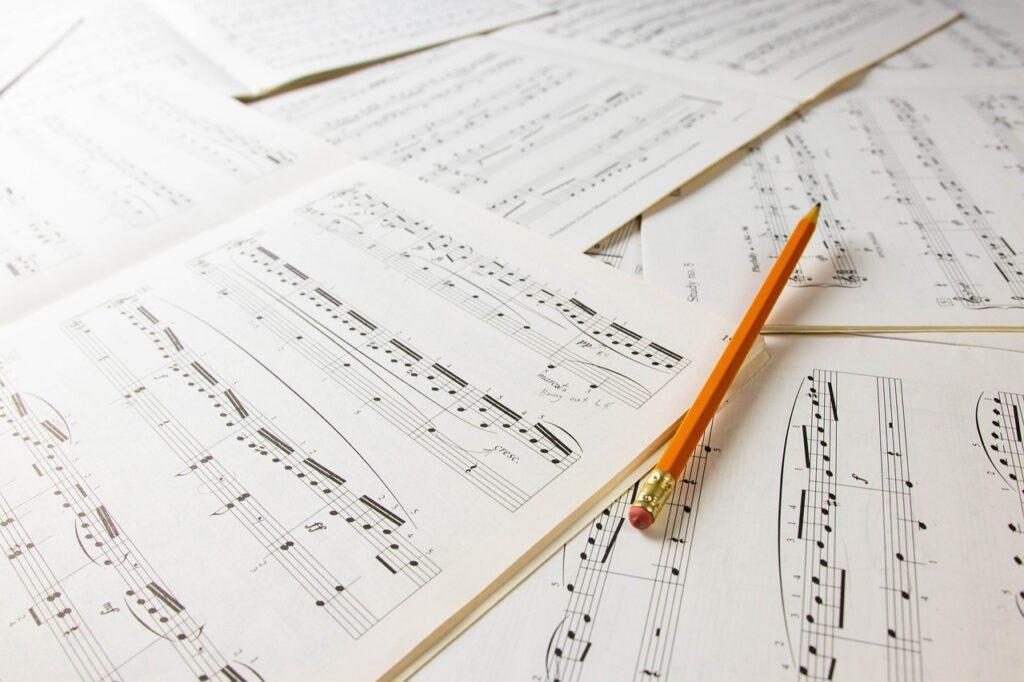To understand the difference between the tonic and root in music theory, you must understand how the role of the scale degree names differs from the role of root notes.
The name root describes a note’s position within a chord.
- If you look at the chart above, we have one chord built on each note of the scale.
- The lowest note of each chord on the chart we call the root of that chord.
- In any key, we have seven roots, one for each chord.
- However, in each key, you’ll only have one tonic note.
Why do they give the scale degrees names?
- It allows you to abstract from the specific notes of a key and talk about the larger patterns… sort of like in math. (4 apples + 3 oranges = 7 pieces of fruit vs. a + b = c)
- For example, in the keys D and A major, the tonic notes will be different (D vs. A). However, they’ll still behave like the tonic regardless of the key.
- So, the scale degree names allow us to talk about how the notes of the major scale behave in any key.
Plus, you can track notes in chords and chord progressions with them. For example, the tonic note will be the root of the I chord, the fifth of the IV chord, and the third of the vi chord.
So, in each key you have seven roots, but only one tonic, because they have different roles in analyzing music.
Related posts:
© 2023 Geoffrey Keith
Newsletter Signup
Join me for online or in-person lessons today!
Back to The Craft of Songwriting Category Blogs page
Back to the Successful Music Student Blogs page


